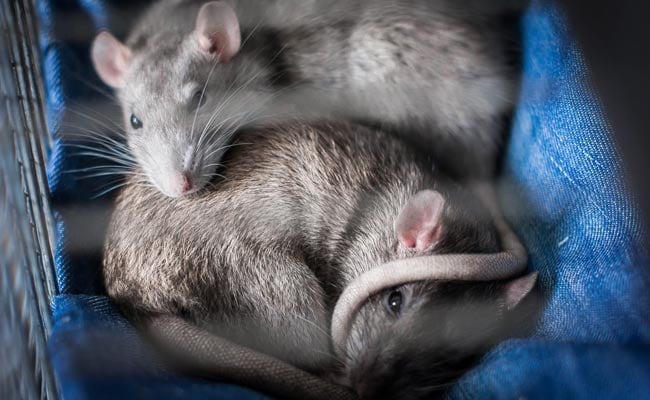Humans pass on more viruses to domestic and wild animals than we catch from them.
For years, animals like rats and bats have been blamed for spreading diseases to humans. However, a new study reveals a surprising truth: humans are actually the bigger threat, passing nearly twice as many viruses to other animals as we receive from them.
Researchers at University College London analysed viral genomes and found that in most cases (64%), viruses jumped from humans to other animals (anthroponosis). This makes sense considering our vast population and global reach.
Our activities also contribute to the spread. Habitat destruction and pollution stress animals, making them more susceptible to the viruses we carry. This creates a double threat: viruses can evolve in these new hosts and potentially spill back to humans or continue to threaten endangered species.
Co-author Professor Francois Balloux (UCL Genetics Institute) said: “We should consider humans just as one node in a vast network of hosts endlessly exchanging pathogens, rather than a sink for zoonotic bugs.
“By surveying and monitoring the transmission of viruses between animals and humans in either direction, we can better understand viral evolution and hopefully be more prepared for future outbreaks and epidemics of novel illnesses, while also aiding conservation efforts.”
The good news? Viruses that are more likely to jump species mutate faster. By monitoring these mutations, scientists can identify viruses with higher zoonotic potential (the ability to infect humans).
Lead author and PhD student Cedric Tan (UCL Genetics Institute and Francis Crick Institute) said: “When animals catch viruses from humans, this can not only harm the animal and potentially pose a conservation threat to the species, but it may also cause new problems for humans by impacting food security if large numbers of livestock need to be culled to prevent an epidemic, as has been happening over recent years with the H5N1 bird flu strain.
“Additionally, if a virus carried by humans infects a new animal species, the virus might continue to thrive even if eradicated among humans or even evolve new adaptations before it winds up infecting humans again.
“Understanding how and why viruses evolve to jump into different hosts across the wider tree of life may help us figure out how new viral diseases emerge in humans and animals.”
This research, published in Nature Ecology & Evolution, highlights the need to focus on human-to-animal viral transmission. Understanding these dynamics is crucial for protecting both human and animal health.










